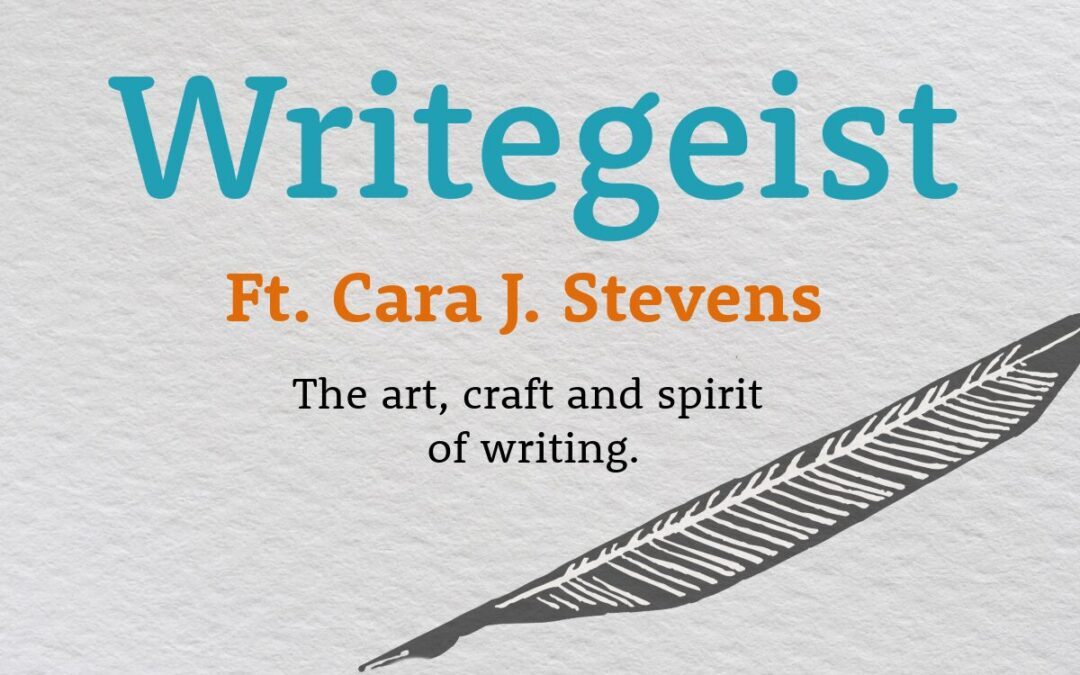Crafting a children’s book, a memoir, or a poetry collection? Your characters might need a little shake-up to keep readers hooked. Think of your story as a game of emotional Jenga, where every character decision can send ripples through the plot, changing everything in unexpected ways. This technique doesn’t just create drama; it builds layers of tension and connection that keep your readers turning the pages.
The concept of emotional Jenga struck me while reading a review of an Australian drama in The New York Times. Margaret Lyons called the show’s tangled relationships “emotional Jenga,” where every interaction and secret intertwined like a precariously stacked tower. It’s a perfect metaphor for storytelling—like a Jenga tower, every character’s choice can shift the balance of your narrative, creating a gripping, unpredictable read. And you don’t need a huge cast to do it—picture book authors, memoirists, and poets can use this approach too, making every emotional twist count.
Why Emotional Jenga Works for All Genres
Whether you’re writing picture books, a non-fiction book, or a novella, bringing readers into your characters’ emotional world is key. It’s about building a connection that makes every interaction, every secret, feel like it has high stakes. When one character’s actions can affect others in unexpected ways, it makes readers feel like they’re right in the middle of the story. And that keeps them coming back for more.
Here’s how to build your emotional Jenga tower and make it work for your story:
1. Establish Emotional Connections Early
Start by creating meaningful connections between your characters. Think about their shared history, unspoken secrets, or contrasting goals. For a picture book, it could be a friendship where one character hides a surprise. In a memoir, it might be the impact of a family member’s decisions. For each genre, ensure that when one character’s feelings shift, it affects others.
Tip: How does a character’s hidden fear, ambition, or wish impact those around them? Let those connections be the base of your emotional tower.
2. Layer Conflicts and Secrets
The more layered your characters’ relationships, the more room for tension. Each secret or conflict becomes a Jenga block that could cause the whole structure to sway. In non-fiction, think about the way a new revelation could change the dynamics of a team or community. In picture books, a hidden secret between characters could create tension that young readers relate to.
Tip: With every new twist, ask yourself how it impacts everyone involved. Let these moments be the shifts that keep readers guessing.
3. Build Toward Emotional Turning Points
As you guide readers through your story, make sure your characters have pivotal moments where the entire emotional tower could come crashing down. For picture books, these can be moments of realization or change. For non-fiction, it could be when a leader’s decision shifts the course of a story.
Tip: Map out where your characters’ emotions might be at their weakest and where they might face the most pressure. That’s where your story will feel the most alive.
4. Escalate the Stakes
With every choice, raise the stakes a bit more. If a character in your children’s book decides to act bravely, what could they lose? In memoirs, how might one decision change the course of someone’s life? This escalation makes each move feel riskier and keeps your readers engaged.
Tip: Ask yourself what each character wants and what they’re afraid of. Then, put those desires in conflict with each other.
5. Use Unpredictable Reactions
The most compelling stories are the ones where characters react in unexpected ways. Maybe your main character in a picture book responds to a challenge by taking a surprising stand. Or in a memoir, a person’s reaction to a setback could reveal a hidden strength.
Tip: Surprise your readers by letting characters respond in ways that shift the balance of relationships and make the story feel fresh.
6. Heighten Tension with Limited Information
In any genre, tension can be heightened when characters don’t have all the facts. It’s like removing a Jenga block without seeing the whole tower. Maybe your picture book characters misunderstand each other, or a memoir reveals something new about a relationship that changes everything.
Tip: Let characters act on what they think they know, creating ripple effects as the story unfolds.
7. Consider the Ripple Effect
Every decision is like a stone dropped in water, creating ripples that spread. When a character makes a choice, consider how it impacts others and how it might change the direction of the story. This approach helps keep your story dynamic and interconnected.
Tip: Map out how each character’s key actions could alter the story’s course. Even small changes should create ripples that affect the entire narrative.
8. Allow for the Emotional Collapse
When the tower collapses, make it count. This is when everything comes to a head—the moment when secrets are revealed, relationships shift, and the story reaches its climax. But remember, the fall isn’t just about chaos; it’s about creating space for your characters to rebuild.
Tip: Think of the collapse as a moment of transformation, where your characters have to pick up the pieces and find a new way forward. This is where the heart of your story shines through.
Wrapping Up: The Emotional Payoff
Whether you’re writing a picture book, a memoir, or anything in between, emotional Jenga can transform a flat story into a captivating, emotionally rich journey. By layering emotional connections and building tension through every twist and turn, you’ll create a narrative that feels dynamic and real. And when your characters finally face the fallout, your readers will be there with them, feeling every moment.
So, next time your story feels a little too stable, shake things up. Let those emotions stack and sway—because sometimes, the most satisfying stories are the ones that come closest to toppling over.
Ready to take your manuscript to the next level? Schedule a free consultation and realize what it will cost to bring your dream book to life!

